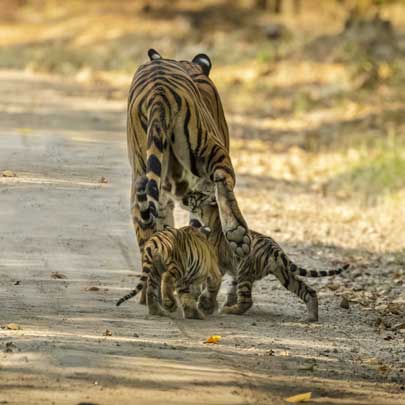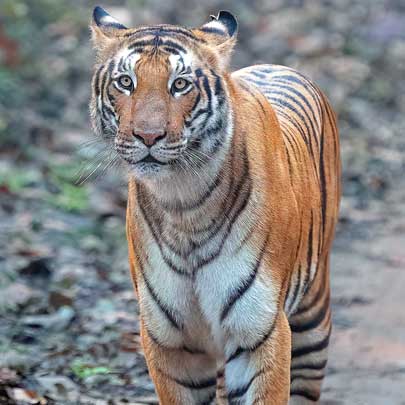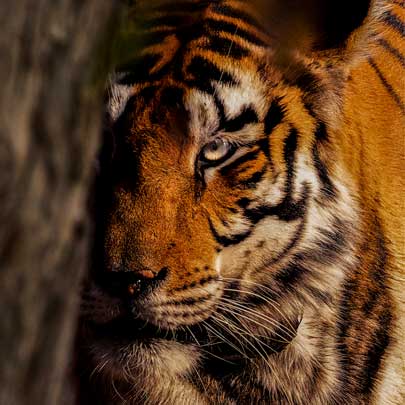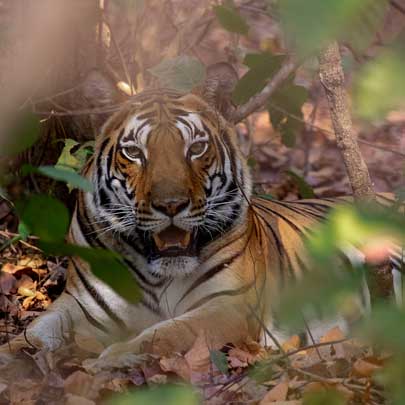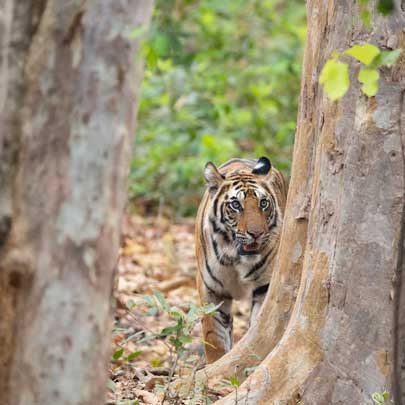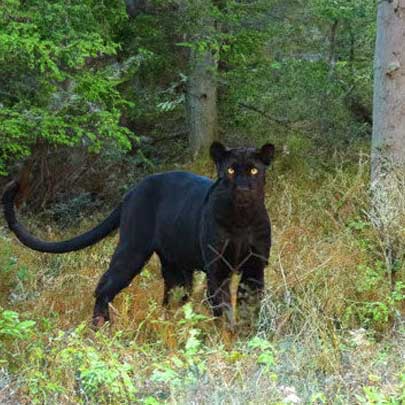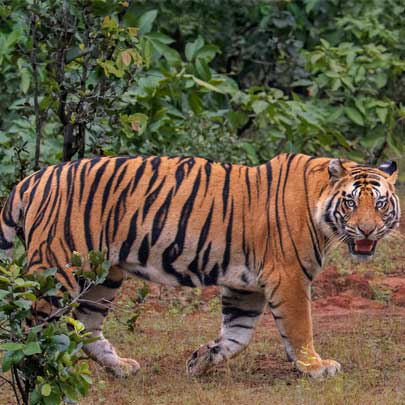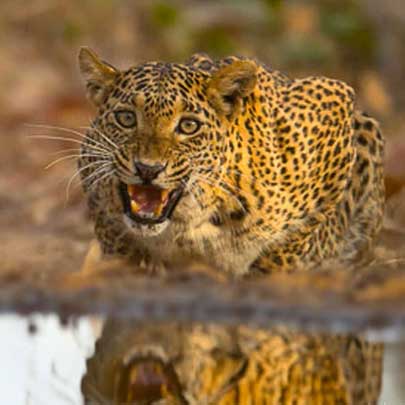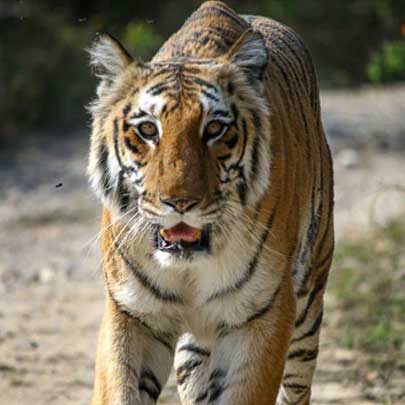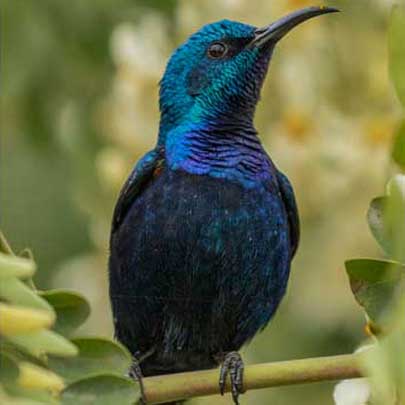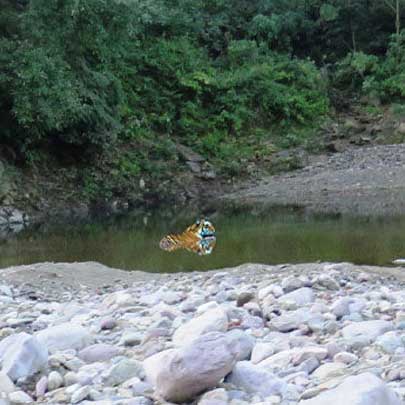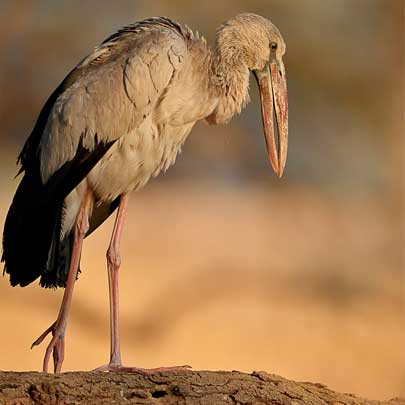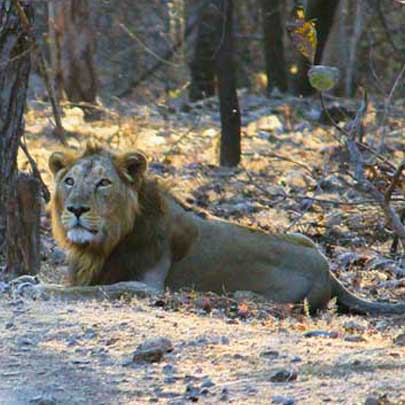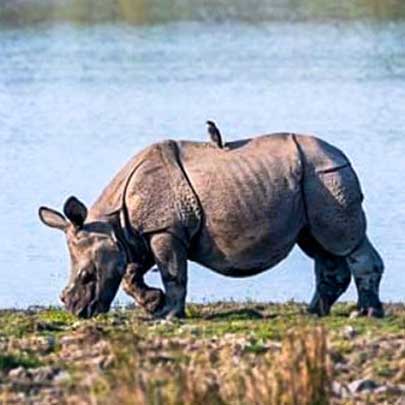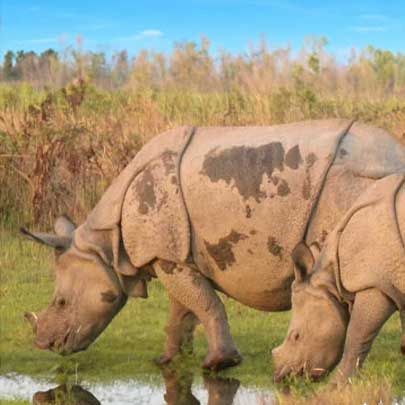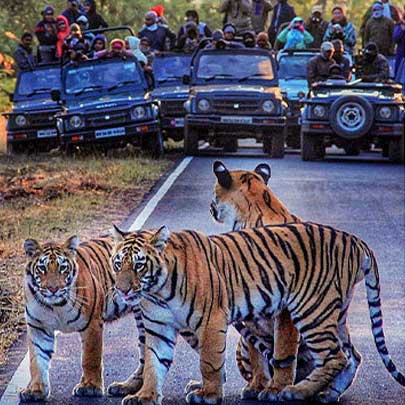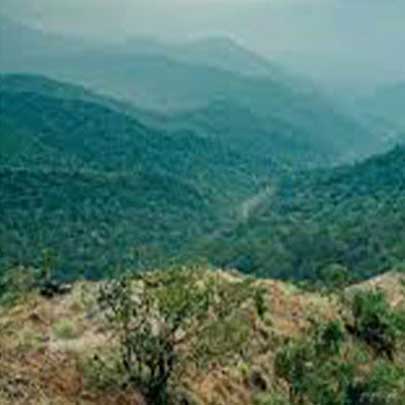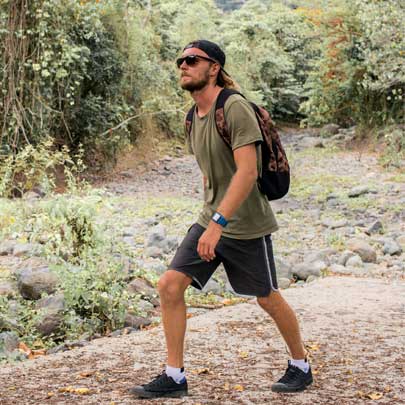The Role of Conservation in Wildlife Tourism
The Role of Conservation in Wildlife
Tourism
Wildlife tourism has become one of the fastest-growing sectors of the global travel industry. From majestic tigers in India to gorillas in Uganda and elephants in Botswana, travelers around the world are drawn to the natural beauty and biodiversity that wildlife-rich destinations offer. But behind the scenic safaris and thrilling jungle treks lies a more pressing issue—wildlife conservation.
As tourism expands into some of the planet's most delicate ecosystems, the role of conservation in wildlife tourism becomes increasingly crucial. In this blog, we’ll explore how wildlife tourism and conservation are interconnected, how sustainable practices benefit both animals and communities, and how organizations like Wildlense Eco Foundation are leading the charge in promoting responsible tourism that protects our natural world.
What is Wildlife Tourism?
Wildlife tourism refers to travel experiences that involve observing and interacting with wild animals in their natural habitats. It includes safaris, bird watching, nature photography tours, jungle treks, and marine excursions like whale or dolphin watching. This form of tourism not only generates significant economic revenue but also raises awareness about the importance of protecting endangered species and their ecosystems.
Popular Forms of Wildlife Tourism:
-
Jungle safaris (e.g., Ranthambore, Maasai Mara)
-
Bird watching tours
-
Whale watching cruises
-
Gorilla trekking in Central Africa
-
Turtle nesting observations
While wildlife tourism offers unique and unforgettable experiences, it must be managed responsibly. Unregulated or exploitative practices can lead to habitat degradation, stress on animals, and disruption of ecosystems.
The Importance of Conservation in Wildlife Tourism

The core idea behind eco-tourism and wildlife travel is to experience nature without causing harm. But without conservation efforts, these natural treasures can be lost to deforestation, climate change, poaching, and unchecked development. This is where the synergy between conservation and tourism becomes vital.
1. Habitat Preservation
The presence of tourists in wildlife areas generates revenue that can be funneled into habitat preservation. Entrance fees, permits, and guided tour charges are often used to support national parks, wildlife sanctuaries, and forest reserves.
For example, the Indian government uses revenue from tiger reserves to support forest maintenance and anti-poaching efforts. Likewise, African safaris often contribute to preserving vast tracts of savannah and bushland.
2. Protection of Endangered Species
Many species are threatened by illegal hunting, habitat loss, and climate change. Wildlife tourism can turn the tide by assigning economic value to living animals. A tiger that brings in tourism revenue is worth more alive than dead. This shift in perception motivates local communities and governments to invest in protecting wildlife.
3. Community Engagement and Education
Conservation-driven tourism can empower local communities. When tourism is linked with conservation education and job creation (such as eco-guides, rangers, and hospitality staff), communities become custodians of wildlife.
Programs that include community-based conservation provide a sense of ownership to locals. This results in more effective, long-term protection strategies compared to top-down approaches.
How Sustainable Tourism Practices Make a Difference

Sustainable tourism is the key to maintaining a balance between economic development and environmental protection. Here’s how responsible tourism practices contribute to conservation:
Low Impact Travel
Eco-conscious operators limit the number of visitors to sensitive areas to reduce pressure on wildlife. They promote the use of electric safari vehicles, biodegradable products, and solar-powered lodges to minimize the carbon footprint.
Ethical Wildlife Encounters
Responsible tour operators avoid practices that involve feeding, touching, or caging wild animals for entertainment. Ethical wildlife tourism ensures that animals are observed from a safe distance, minimizing human interference.
Support for Conservation Organizations
A percentage of profits from eco-tourism ventures often goes toward supporting wildlife NGOs, research initiatives, and habitat restoration programs.
Wildlense Eco Foundation: Championing Conservation through Tourism
One standout organization in the realm of conservation and eco-tourism in India is the Wildlense Eco Foundation. Founded with the mission of promoting wildlife conservation through education, research, and sustainable tourism, Wildlense is a powerful example of how travel can be used for positive change.
Mission and Impact
Wildlense Eco Foundation works closely with forest departments, wildlife experts, and local communities to ensure that tourism contributes directly to biodiversity conservation. Their initiatives focus on:
-
Awareness campaigns to educate travelers about responsible behavior in wildlife zones.
-
Eco-tourism projects that fund conservation through ethical wildlife safaris.
-
Research and data collection to monitor animal populations and habitat health.
-
Community development programs that offer alternative livelihoods to reduce dependency on forest resources.
Tech Meets Conservation
Wildlense also employs cutting-edge technology such as camera traps, drones, and mobile applications to enhance conservation outcomes. Their tech-driven approach allows for better wildlife monitoring and anti-poaching efforts in key habitats.
By involving local stakeholders and creating meaningful wildlife experiences for travelers, Wildlense has emerged as a leader in responsible wildlife tourism in India.
Challenges in Wildlife Tourism and Conservation
While the benefits are immense, several challenges continue to hinder the full potential of conservation through tourism.
Over-tourism
Unregulated tourism can lead to crowded sanctuaries, pollution, and stress on wildlife. Destinations like Jim Corbett National Park and Masai Mara sometimes face issues related to traffic congestion and noise pollution during peak tourist seasons.
Greenwashing
Some operators advertise “eco-tourism” without following true sustainable practices. This misleading marketing can cause more harm than good by giving a false sense of responsibility.
Poaching and Illegal Trade
Despite conservation efforts, poaching remains a major threat. Species such as rhinos, pangolins, and tigers are still hunted for their body parts. Wildlife tourism must include strong advocacy against illegal trade and stronger enforcement measures.
The Future of Wildlife Tourism: A Call for Responsible Travel
The future of wildlife tourism lies in sustainable development and inclusive conservation. Here’s how travelers, tour operators, and policymakers can contribute:
1. Choose Responsible Tour Operators
Look for companies with clear conservation goals, community involvement, and ethical practices. Platforms like Wildlense Eco Foundation make it easy to travel with a purpose.
2. Respect the Rules
Always follow guidelines when visiting wildlife areas—stay on trails, maintain silence, avoid littering, and never feed animals.
3. Educate and Advocate
Share your wildlife experiences and raise awareness about the importance of conservation. The more people care, the more support conservation efforts receive.
4. Support Conservation NGOs
Donating to or volunteering with wildlife conservation organizations helps maintain vital projects. Every contribution counts.
Conclusion
The role of conservation in wildlife tourism cannot be overstated. As the demand for nature-based travel grows, so does the responsibility to protect the fragile ecosystems we explore. Wildlife conservation ensures that future generations can enjoy the same rich biodiversity that we do today.
Organizations like the Wildlense Eco Foundation are pioneering a model of tourism that benefits wildlife, empowers communities, and educates travelers. Their work proves that conservation and tourism are not mutually exclusive—in fact, when done right, they can be each other’s greatest ally.
So the next time you plan a wildlife adventure, remember: your choices matter. Travel responsibly, support conservation, and help ensure that the roar of the tiger, the flight of the hornbill, and the whisper of the forest are never silenced.

























